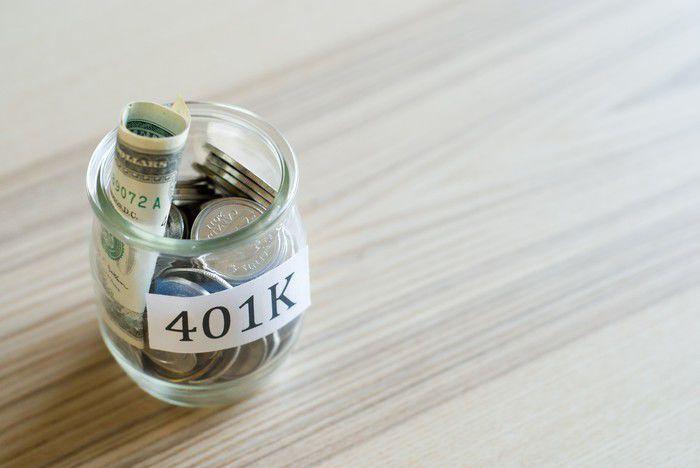
Sometimes, we run into situations where we’re desperate for money. Maybe your car broke down out of the blue. Maybe you lost your job, and don’t have emergency savings in the bank to tide yourself over until a new one comes along. If you’re sitting on a sizable 401(k) plan, you may be tempted to borrow money from your own retirement fund rather than take on outside debt or continue to struggle. But that’s a risky move that could hurt you in the long run.
How 401(k) loans work
The money in your 401(k) plan can’t be withdrawn prior to age 59-1/2. If you remove funds before reaching that age, you’ll be hit with a 10% early withdrawal penalty on the distribution you take.
A 401(k) loan works differently. When you take out a 401(k) loan, it’s not considered an early withdrawal because you’re only borrowing that money temporarily.
You can typically borrow up to $50,000 from your 401(k), or 50% of your vested savings balance — whichever is less. Some plans, however, have slightly different borrowing rules. Once you take out a 401(k) loan, you’ll be required to repay that principal amount plus interest. Now when you take out a bank loan, you repay interest to a bank. With a 401(k) loan, you pay that interest to yourself. And that may not seem like such a bad thing.
Here’s the problem, though: You’re usually required to pay back a 401(k) loan within five years. That may be doable if you borrow a modest amount, but if you borrow $50,000, it gets a lot harder. And if you don’t manage to repay your 401(k) loan on time, it will be treated as an early distribution, which means you’ll face the dreaded 10% penalty discussed earlier.
Another thing — if you separate from the employer sponsoring your 401(k), you’ll generally have just 90 days to repay your 401(k) loan. If you don’t, you’ll face that 10% penalty.
Also, keep in mind that many 401(k) plans won’t allow you to make additional contributions until your loan is paid off in full. Now if you’re so desperate for cash that you had to borrow from your 401(k), new contributions on your part may not be possible anyway. But if your employer offers a match for funding that account, and you’re barred from making contributions for several years, you could easily wind up leaving free money on the table.
When you need to borrow money
Before you take out a 401(k) loan, it pays to explore different borrowing options. If your credit is strong, you might snag a competitive rate on a personal loan, and if that’s the case, you may be better off going that route and leaving your 401(k) alone.
Similarly, if you have enough equity in your home, you could try borrowing against it. Home equity loans don’t have to be used for home-related projects or repairs; they can actually be used for any purpose. And they’re fairly easy to qualify for, since your home is used as collateral. In fact, you might score a more favorable rate on a home equity loan than on a personal loan, depending on your circumstances.
Of course, there’s also the option to borrow money in the form of credit card debt, but that’s really not ideal, as you’ll likely spend a fortune on interest. If that’s your only option, then you may be better off taking out a 401(k) loan rather than racking up a hefty credit card balance.
Let’s be clear: You’re better off borrowing from your 401(k) than taking an early withdrawal from it. And in some cases, a 401(k) loan may be your most affordable move when you need to borrow money. Just be aware of the drawbacks of borrowing against your retirement savings, and if you do take out a 401(k) loan, make sure you understand what its repayment terms entail.

